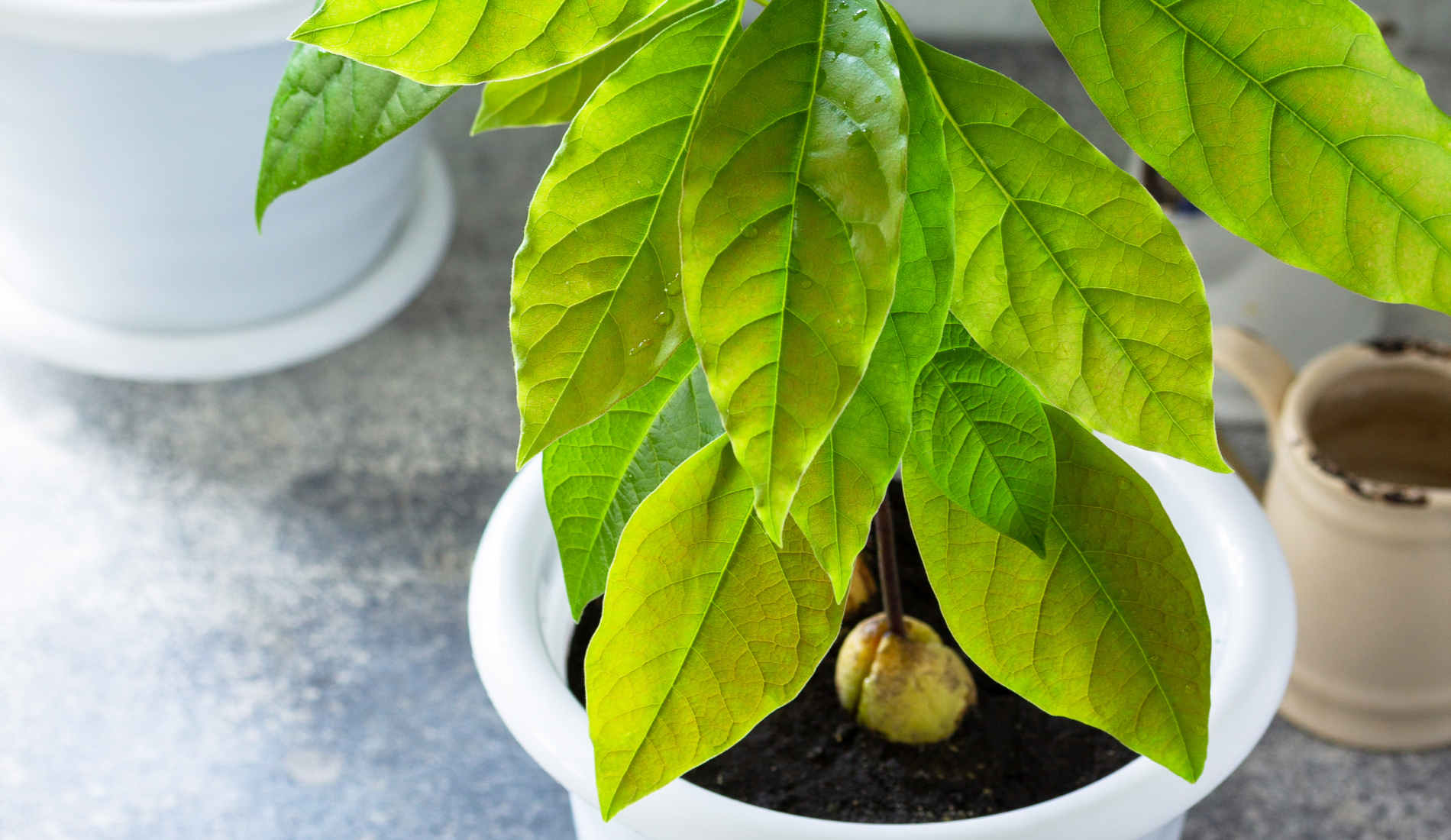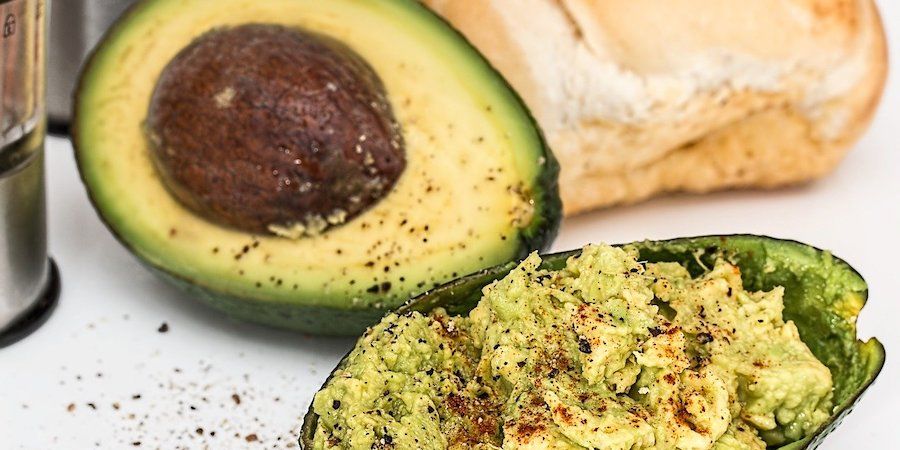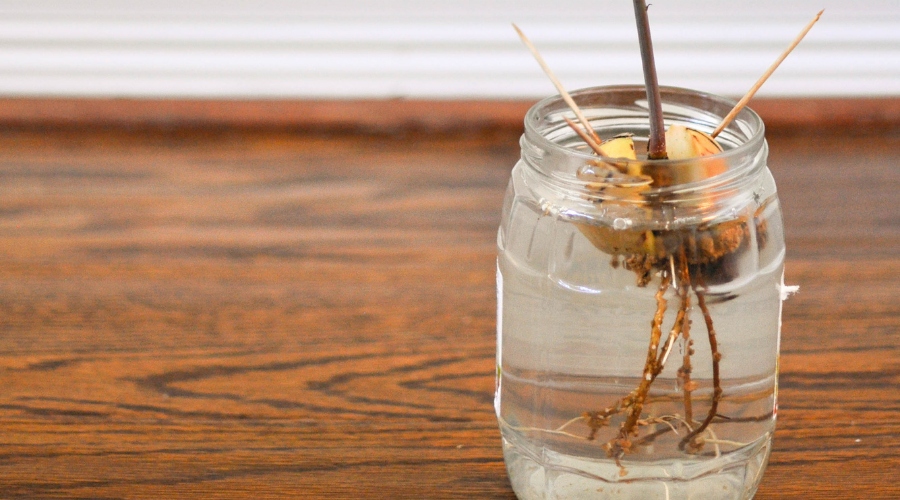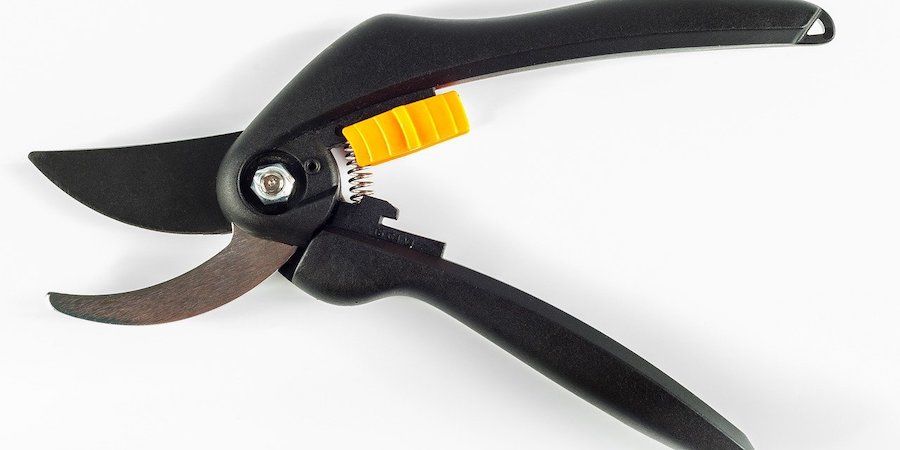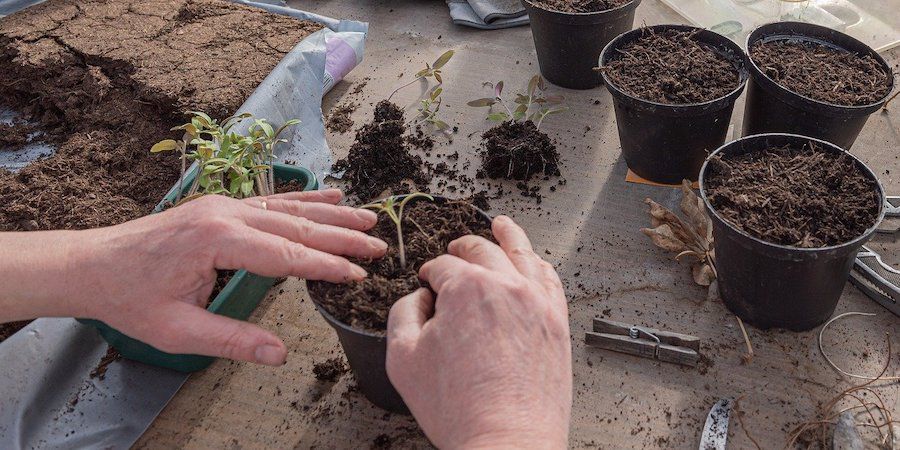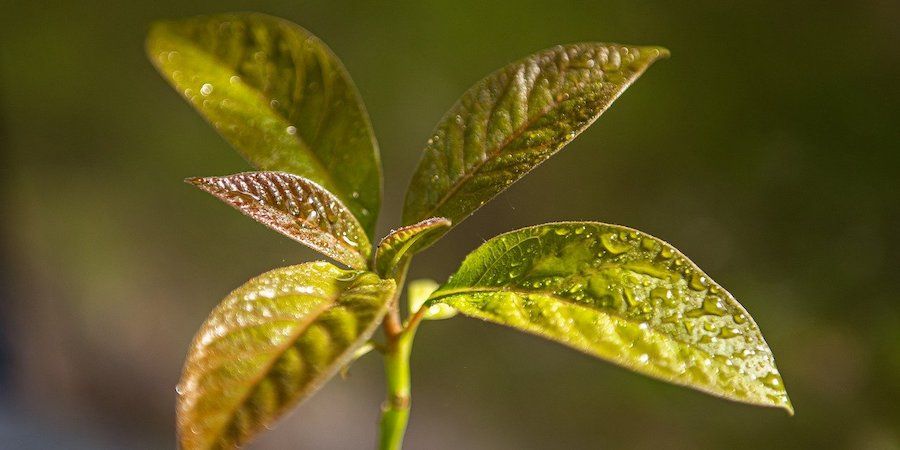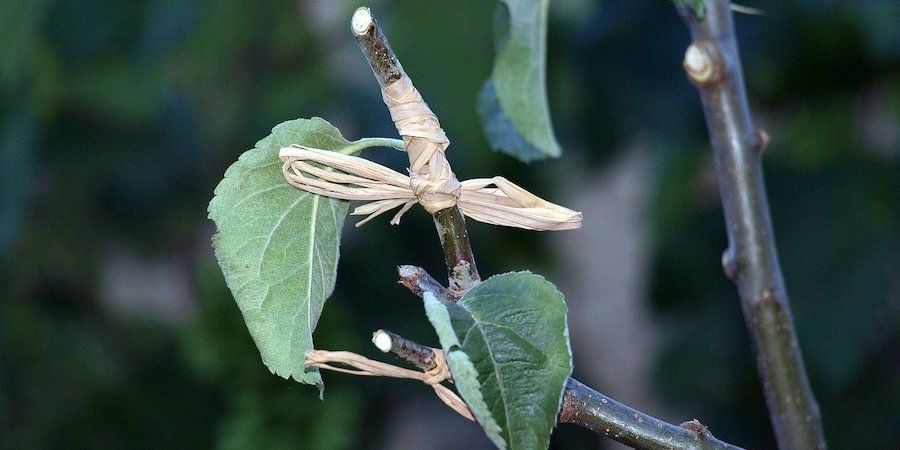Growing your plants from store-bought produce is an addictive hobby that could have you growing all your food in no time. It’s really satisfying to see when the seed starts to germinate or watch that pit sprout.
You can do it with vegetables like onions or squash, or fruit like pineapples and avocados. If you’re an avocado lover, you might be devastated to hear that they are in danger of disappearing, thanks to good old climate change.
The good news is that you can grow your own avocado tree from the pit of a store-bought avocado right there in your kitchen. This tree won’t necessarily be fruit, but it could be a good stock to graft onto, or you could simply gain a decorative little tree for free.
That's why it’s time to learn how to grow and care for an avocado tree.
Materials Needed
- Avocado
- Fork
- Cup/glass jar
- Toothpicks/skewers
- Pot
- Soil
Important: As mentioned above, an avocado tree grown from seed won’t necessarily bear fruit. Experts estimate you have a 20% chance of a seed grown avocado bearing fruit.
If it does, the fruit will not necessarily be the same as the fruit that the pit came from. To be sure you have planted a fruit-bearing avocado tree, buy a grafted tree from your local nursery.
Step One - Eat An Avocado And Save The Pit
Image credits: Stevepb via Pixabay
Buy and eat an avocado. Carefully remove the pit without damaging it. It’s best to gently pop it out with a fork as opposed to cracking it with a knife. When you’re done, wash and dry the pit.
Step Two - Add Water
Image credits: devonanne via Canva
Now it’s time to introduce the most important element for life; water. You want only the broadest end (the bottom) of the pit to be submerged in water. To do this, you can lodge 3-4 toothpicks or skewers into the pit. You can then use these appendages to suspend the pit above a glass or jar of water, with only the bottom half of the pit submerged in room temperature water.
Leave this arrangement indoors, in a warm area that receives plenty of light, but minimal direct sunlight. A bright windowsill on the non-sunny side (North in the Northern Hemisphere) of your house should do the trick.
Step Three - Wait
Image credits: Liana Karamzin via Canva
The thing about nature is that it does things on its own time, and there’s very little we can do about it.
Leave the pit in your chosen area and wait for up to 3 months. During this time, change the water in the jar regularly whenever it becomes visibly discolored.
After 3 months, your pit should have sprouted a stem. The central root sprouts first in quite a short amount of time before sending filament roots out in search of water and nutrients. Next, the main stem should finally start reaching for the stars.
If it’s been 3 months and you still don’t see the main stem, discard the pit and try again with a fresh one.
Step Four - Prune
Image credits: artursfoto via Pixabay
You read that right, a little tiny avocado tree needs a hard prune early on to develop a healthy root system. When the main stem is about 6 inches tall, cut it in half. The plant should bounce back relatively quickly and regrow to its original height.
Step Five - Transplant
Image credits: AndreasGoellner via Pixabay
Once the main stem has grown back, you can think about transferring the pit to the soil. Transfer the pit to a pot filled with well-draining soil. Make sure the top part of the pit is partially sticking out of the soil.
Return the potted avocado plant to a warm location with bright light. You want to keep the soil moist without being soggy.
Avocados are subtropical fruit, which means they love the heat, hate the cold, and get thirsty quickly. They do, however, like it when the soil dries out in between waterings, so make sure you have well-draining soil.
Step Six - Let’s Take This Outside
Image credits: AndreasGoellner via Pixabay
If you want your avocado tree to have any chance of survival outside, you have to live in the correct climate. As mentioned already, these are subtropical plants. They love the sun, and they don’t do well in the cold.
If most of the trees in your area are deciduous, an avocado tree will probably not last long. It would fare better as a gift for your family in Florida or to live its life as a pretty houseplant.
If you live in the correct climate, choose an area outside that has at least 3-6 feet of space all around it. It would help if this spot is protected from strong winds but still gets plenty of sunlight.
Dig a big, deep hole. Place the tree in the hole, not too deep, and fill the hole with a mixture of native soil and compost. It’s always a good idea to stake the young tree to some form of support, as the weak stems are susceptible to snapping in winds.
Using a balanced (15-15-15) fertilizer will promote vigorous leaf growth and strong branches, which in turn protects the tree from the harsh sun, which may damage the tree.
Step Seven - Graft
Image credits: Helger11 via Pixabay
If you’re determined to have a fruit-bearing avocado tree, your best bet is to graft a tree. Follow all the steps above. When the tree is about waist high, it’s ready to be grafted with a confirmed fruiting variety of avocado.
Grafting can be quite a complicated process, so make sure you know what you’re doing if you choose to go this route.
Wrap Up
By following the steps above, you can grow your forest from your avocado pits. Potted avocado trees make excellent houseplants. Just remember that they're subtropical plants, so make sure they get enough water and sunlight and don't get too cold.
Don't expect fruit from your avocado trees grown from seed, as you only have about a 20% chance of that happening. To increase these chances, plant more than one tree to aid in pollination. Alternatively, you could buy a grafted tree from a nursery and be sure you have a fruit-bearing tree.

